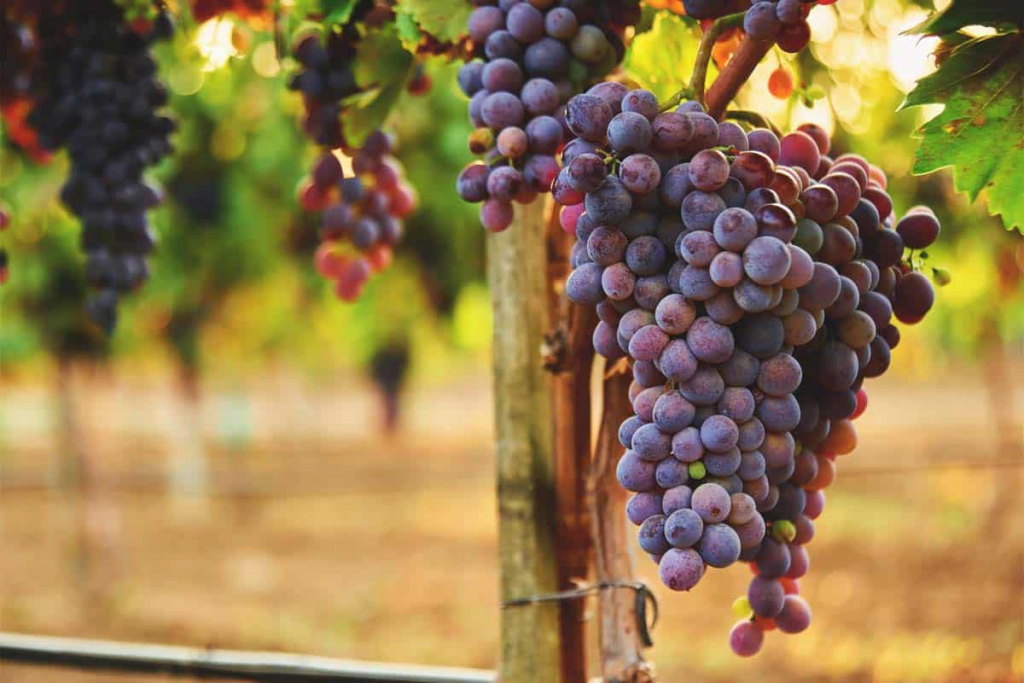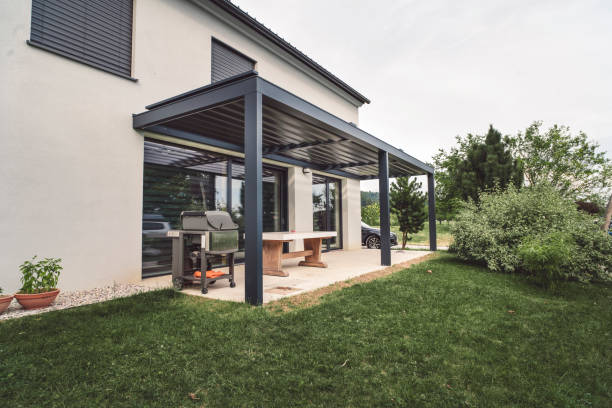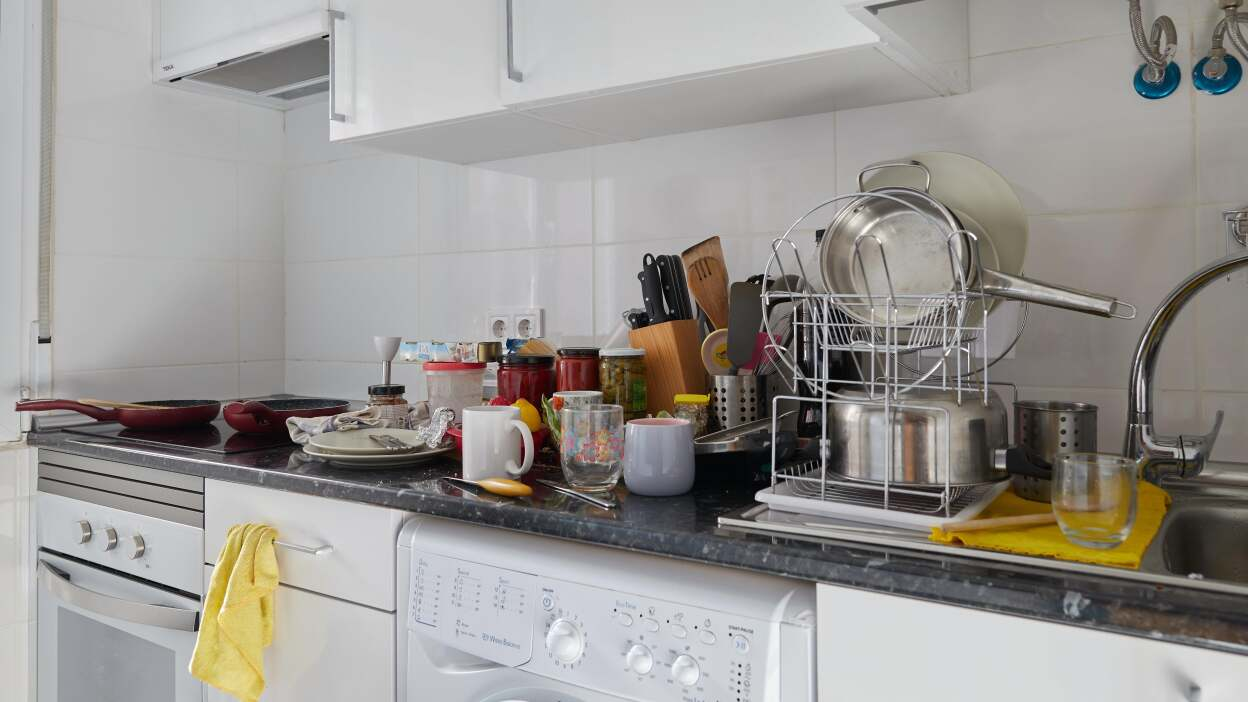Growing grapevines at home can be a rewarding venture for gardening enthusiasts and wine lovers alike. Whether you’re aiming to produce sweet table grapes or cultivate a vineyard for making your own wine, establishing thriving vines begins with understanding the growing seasons and selecting a variety that grows well in your regional climate. Grapevines require careful planning and specific growing conditions, so if you’re willing to invest the time and effort, you could be doing well with your own grape harvests in just a few years’ time. This grapevine guide will provide essential gardening tips to help get you started on the path to your own thriving vineyard.
Understanding the Basics of Grapevine Cultivation
Before planting new grapevines, it’s important to grasp the essentials of grapevine cultivation. Grapevine requires certain conditions to thrive, including the right soil types and sufficient sunlight. One year is not usually enough for producing fruits; most vineyards will begin producing large, healthy harvests from vines that are three years old or more. A strong root system is vital for healthy growth, and once established, your grapevines will become more resilient and productive over time.
Grapevines not only need very specific care during their initial growing seasons, but they also require ongoing maintenance to continue producing wine-worthy grapes. Pruned back to their newest shoots each year, the vines are invigorated and prepped for the next season’s growth. The beauty of grapevines is that they can take on different forms, fitting into homes, gardens, or larger vineyards with ease.

Selecting the Right Location for Your Grapevines
Your grapevines will need a location that provides ample sunlight for at least seven to eight hours per day, as this will help ensure healthy, sweet grapes. Proper spacing between plants is also crucial for good air circulation, which helps prevent the onset of diseases. The site should be protected from strong winds, which could damage delicate vines or fruit.
When it comes to soil, grapevines prefer well-draining ground with a neutral to slightly acidic pH. Different soil conditions might require the addition of organic matter or pH adjusters to ensure healthy planting media for your vines. Making sure your soil is well-prepared could even make the difference between grapevines that simply survive and those that thrive magnificently.
Planting Your Grapevines: A Step-by-Step Guide
Preparing the Soil for Planting
Before planting, it’s important to test and amend your soil to create the perfect home for your new grapevines. The soil should be loose, deep, and rich in organic matter to promote healthy roots. Ensuring the right soil conditions might also involve adjusting the pH level or adding specific nutrients required for grapevine cultivation.
A well-prepared soil bed will not only promote stronger root systems but will also provide better drainage, which is crucial for preventing root rot and other moisture-related issues. Such care in the early stages of planting will pay dividends in the health of your vines for years to come.
Choosing and Planting Grapevine Saplings
Selecting healthy grapevine plants is essential for a successful vineyard. Look for vines that are free from signs of disease or stress, and have well-developed root systems. Planting should be done so in early spring, once the threat of frost has passed, allowing your vines to get established before the warm summer months.
When it’s time to plant, dig a hole large enough to accommodate the roots without crowding them. Position the vine so that the roots spread out naturally, backfill with soil, and water thoroughly to settle the roots in place. Maintain even moisture as the vine starts producing new growth, but be careful not to overwater.
Support Systems for Grapevines
Grapevines will need a strong support system as their growth starts to accelerate. Trellising systems are a common method for training and supporting the vines, encouraging them to grow upwards and ensuring maximum sun exposure for fruiting canes.
Your trellising could consist of wooden posts, wire systems, or even arbors, to support the weight of maturing vines and fruits. Introducing these structures early on allows the vines to intertwine and establish themselves with the provided support, promoting better health and more bountiful harvests.
| Support Type | Pros | Cons |
|---|---|---|
| Wooden Trellis | Natural aesthetic, sturdy | Requires maintenance |
| Wire System | Versatile, durable | Can be complicated to set up |
| Arbor | Decorative, great for garden integration | May not support large vineyards |

Maintenance and Care for Thriving Grapevines
Once your grapevines are well established, they might not require as much watering, especially if they’re in soil that retains moisture well. During the first couple of seasons, watering should be done so thoroughly but not too frequently, as grapevines thrive in conditions that are dry rather than waterlogged.
Fertilizing your vines should be approached with care. Grapevines need very specific nutrients, which could be added through organic compost or specialized vine fertilizers. Be cautious not to over-fertilize, as this can lead to excessive leaf growth at the expense of fruit production.
Pruning Techniques and Their Importance
Pruning not only shapes the vine but also encourages healthy growth and fruit production. The best time for pruning grapevines is usually during the dormant season (late winter to early spring), but this can vary based on climate and grape variety. The goal is to maintain about three to four canes with eight to ten buds each, which will produce this year’s fruit, as well as some spurs for next year’s growth.
- Remove all dead, damaged, or diseased wood.
- Cut back last year’s shoots to the strongest two buds.
Proper pruning allows for better air circulation through the vine and exposure to sunlight, which is essential for ripening fruits. A well-pruned vine also helps keep pest and disease problems to a minimum.
Disease and Pest Management
Healthy vines are less susceptible to diseases and pests, but vigilance is key to preventing and managing outbreaks. Regular inspections can catch issues early, when they’re most treatable. Some common grapevine pests include aphids, mites, and moths, while diseases like powdery mildew and botrytis can also affect the vines.
An integrated pest management system that includes both organic and chemical controls—used responsibly—is ideal for maintaining healthy vines. Encouraging beneficial insects that prey on grapevine pests is also an effective and natural control method.
Harvesting and Using Your Grapes
Harvest time is a joyous occasion for grape growers, but knowing the right time to pick your grapes is crucial for ensuring the highest quality fruit. Grapes typically ripen from late summer to early autumn, but this will vary depending on the grape variety and climate. The grapes should be full-colored, sweet to the taste, and easily come off the vine when they’re ready to be harvested.
Harvesting is done by cutting the grape bunches off the vine with sharp, clean shears. Handle the fruit gently to avoid bruising and store them in a cool location until you’re ready to eat them, or process them for making wine or preserves.
Storage and Uses of Homegrown Grapes
Once you’ve harvested your grapes, you’ll need to think about storage. Grapes keep best when stored in a cool, humid place, and can last for several weeks if kept properly. If you’ve got an abundance of grapes, you could even try making your own wine or grape jelly. Growing your own grapes is not just a wonderfully satisfying hobby; it also provides you the raw materials to delve into the world of winemaking or artisan preserves, turning your harvest into delicious goods.

Conclusion
By following this comprehensive grapevine guide, you’re now equipped with the knowledge to successfully cultivate your own grapevines. Whether you’re looking to create lush foliage, provide a canopy for shade, or produce sweet fruits for eating or making wine, grapevines are a versatile and rewarding plant to grow. Remember, each vine is an investment in time and care, and patience is key. With the right care and conditions, your grapevines will provide you with bountiful harvests for many years to come.
FAQs
1. How long does it take for a grapevine to start producing fruit? – It usually takes grapevines three to five years to start producing fruit, but this can vary with the grape variety and growing conditions.
2. Can grapevines be grown in pots? – Yes, grapevines can be grown in large pots, but they require more maintenance and careful pruning to manage growth.
3. How much space do I need between grapevine plants? – You should space grapevines 6 to 10 feet apart, depending on the variety and trellising system used.
4. What is the best time of year to plant grapevines? – The ideal planting time is in late winter or early spring when the vines are dormant and there’s no risk of frost.
5. Are there any grape varieties that are more suitable for cooler climates? – Varieties like ‘Frontenac’, ‘Marquette’, and ‘Riesling’ are more resistant to cold and are suited for cooler climates.



